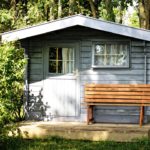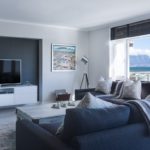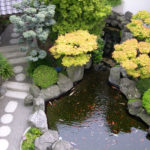Imagine this: a potential buyer drives through your neighborhood, their heart set on finding the perfect home. As they approach yours, what do they see? The first impression happens in mere seconds and can make or break their interest. Curb appeal is more than just looks; it’s about evoking feelings and sparking curiosity.
In today’s competitive real estate market, understanding the psychology behind curb appeal can be your secret weapon. From color choices to landscaping techniques, every detail matters when it comes to enticing buyers. We’ll spill the secrets of what makes your home stand out from the rest and grab attention right off the bat.
The 7-Second First Impression Rule
 You have just seven seconds to make an impression. That’s the time it takes for a passerby to form an opinion about your home. During those fleeting moments, every element counts. From the color of your siding to the condition of your lawn, details can create an instant emotional response. A well-kept exterior invites curiosity, while neglect might spark hesitation.
You have just seven seconds to make an impression. That’s the time it takes for a passerby to form an opinion about your home. During those fleeting moments, every element counts. From the color of your siding to the condition of your lawn, details can create an instant emotional response. A well-kept exterior invites curiosity, while neglect might spark hesitation.
Think about what grabs your attention first. Is it the charming front porch or perhaps the vibrant flowers lining the walkway? These features draw people in and set a positive tone before they step inside. Remember, this is not just about looks; it’s also about feelings. Buyers want to envision themselves living there.
Front Door Color Psychology
The front door is the focal point of any home. Its color can convey messages about personality and style. A bold red door often symbolizes warmth and energy. It invites guests in, suggesting a lively atmosphere inside. On the other hand, a serene blue can evoke feelings of calmness and tranquility. This choice suggests peace within the household. Neutral colors like gray or white project simplicity and sophistication. These hues appeal to buyers who appreciate minimalism and modern design. Green doors are connected to nature, representing growth and harmony. They attract those with an appreciation for eco-friendliness. Choosing a front door color is truly about creating an emotional connection with potential buyers before they even step inside your home.
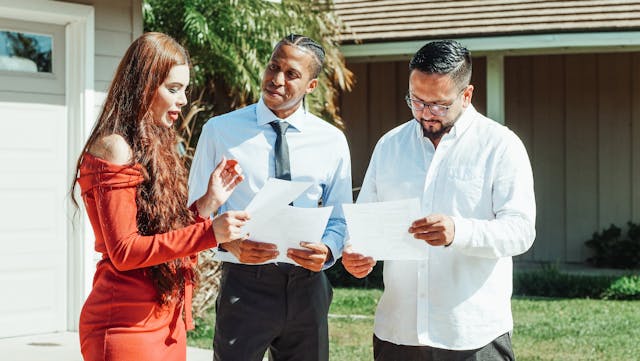
Landscaping Ratios That Please the Eye
Effective landscaping can transform a property, enhancing its curb appeal significantly. One key element lies in the balance of design ratios. A good rule of thumb is the 1:2 ratio for planting beds to hardscaping features. This means that for every square foot of paved area, you should have two square feet of greenery. It softens edges and invites potential buyers. Using these ratios also helps guide the eye naturally across your yard, creating flow rather than chaos. A harmonious blend of shrubs, flowers, and trees gives depth while ensuring visual interest throughout all seasons. In addition, layering plants with different heights creates dimension and keeps attention focused on your home’s exterior charm.
The Power of Symmetry in Home Exteriors
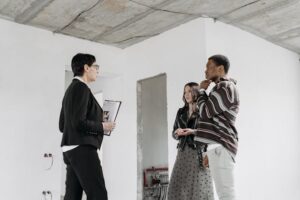 Symmetry in home design is like music to the eyes. It creates a sense of balance that naturally draws people in. Think about it: two identical windows framing a front door make for an inviting entrance. That harmony feels safe and welcoming. When elements align, such as matching shutters or evenly spaced plants, they create visual rhythm.
Symmetry in home design is like music to the eyes. It creates a sense of balance that naturally draws people in. Think about it: two identical windows framing a front door make for an inviting entrance. That harmony feels safe and welcoming. When elements align, such as matching shutters or evenly spaced plants, they create visual rhythm.
This rhythm can transform a simple facade into something extraordinary. Architects have long understood this principle. A symmetrical layout often suggests stability and order, qualities potential buyers find appealing. It’s no wonder many classic homes feature balanced designs. Additionally, symmetry helps guide attention toward focal points.
Curb appeal plays a significant role in the home-buying process. Taking these aspects into account can significantly enhance your home’s attractiveness, paving the way for quicker sales and potentially higher offers. Understanding what draws buyers’ attention is key to making impactful changes that resonate well with prospective homeowners.




